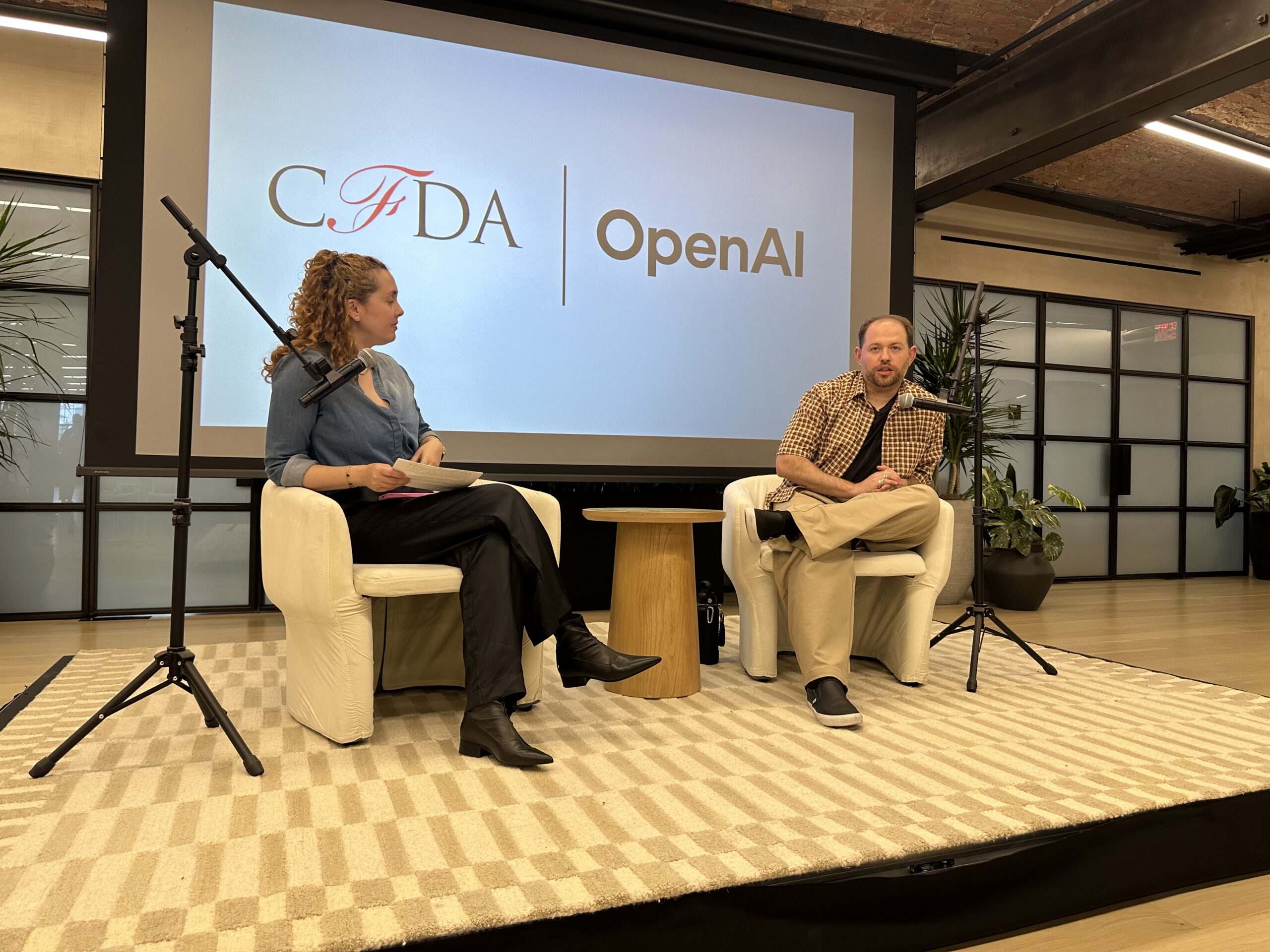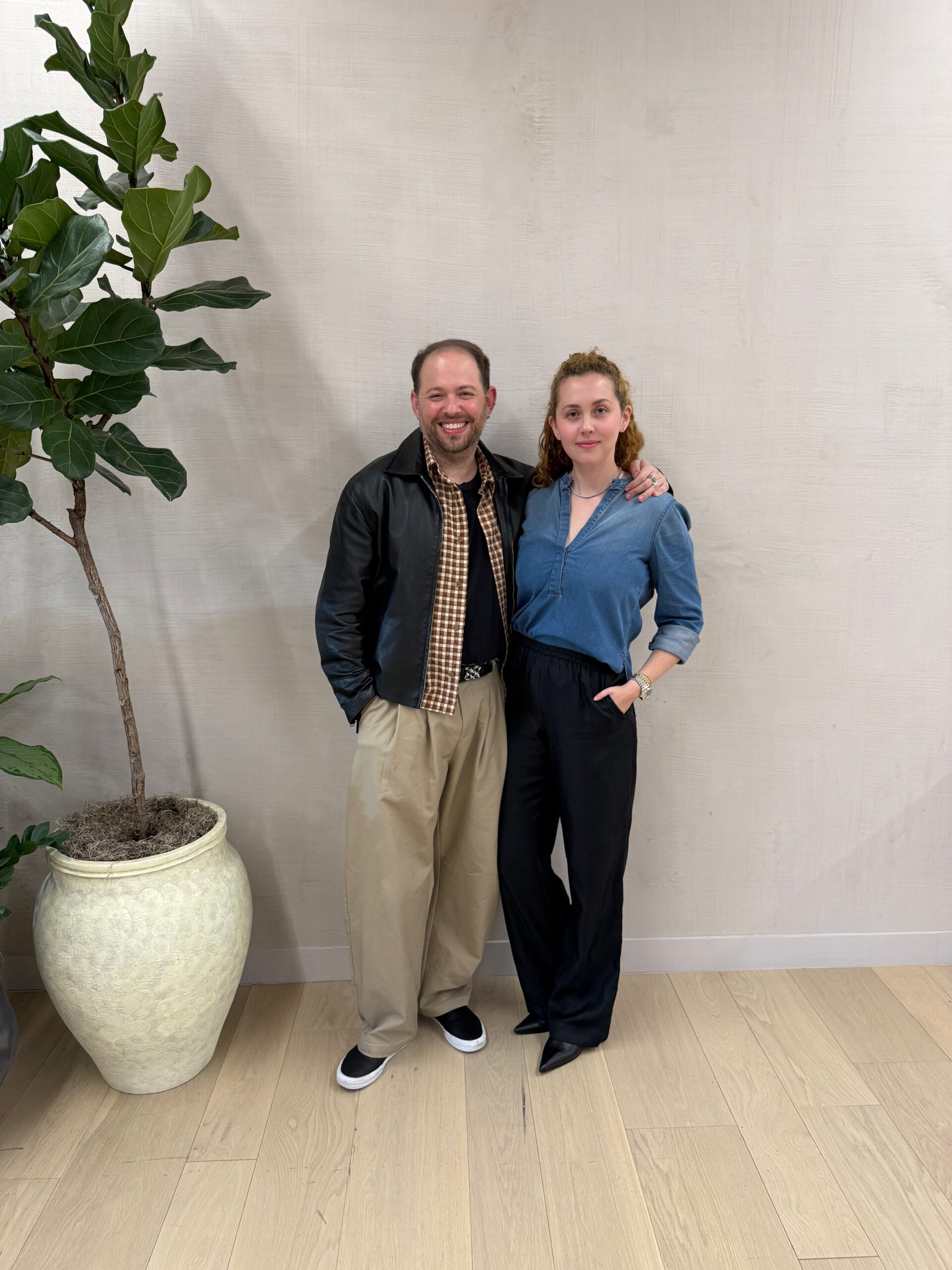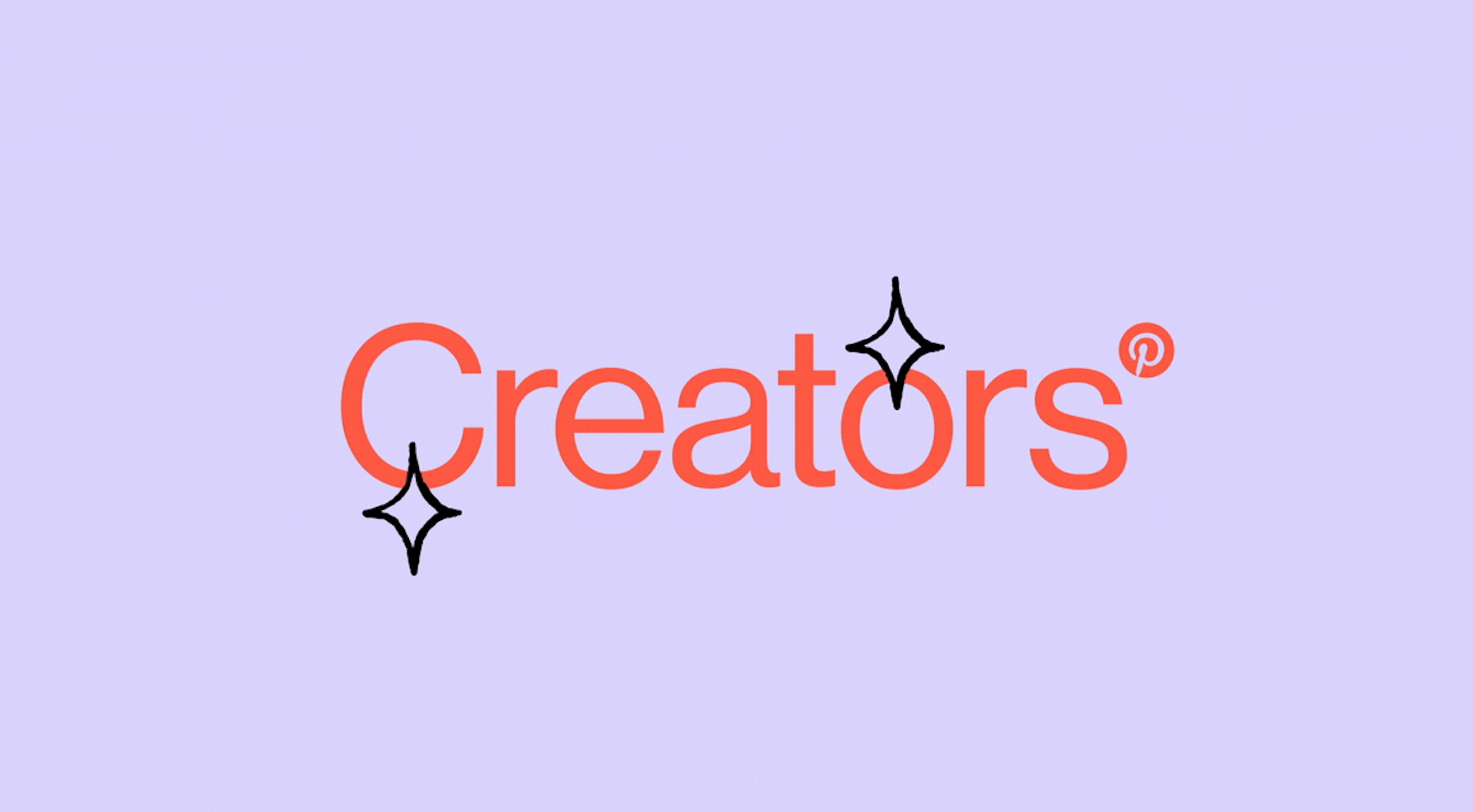This past Monday morning in Soho, OpenAI and the CFDA hosted the “Harnessing AI for Creative and Business” workshop, exploring how artificial intelligence can enhance creativity and efficiency across the fashion industry. Led by OpenAI’s Joe Casson and Allison August, the session demonstrated how AI tools are transforming brand research, production, storytelling, and innovation.
Casson emphasized how AI can act as a leapfrog for fashion leaders, helping brands streamline research, cut costs, and expand creative exploration. He illustrated how AI can forecast color trends, analyze sales data, and align product strategies with market insights.
Through these demonstrations, attendees saw how AI automates tedious processes while supporting strategic planning and design decisions. Casson also highlighted AI’s ability to overcome language barriers and enhance communication across global teams.
August showcased the creative potential of AI through an Idea to Sketch to Storyboard demo, revealing how the technology can turn concepts into detailed visuals that bring brand visions to life. She challenged the audience to imagine the catalog of the future, where AI could extend creative storytelling into dynamic, interactive experiences.
The presentation was following by a conversation between CFDA Senior Director of Professional Development Sasha Brown and designer Jonathan Cohen exploring how AI can streamline production and amplify creativity while prompting the industry to consider ethics and intentionality in its adoption.
Sacha Brown: Your design process has been described as deeply human and intuitive. How does that actually unfold for you and where does AI enter into it?
Jonathan Cohen: I use AI to communicate ideas, but my process never starts there. It begins with me sketching and drawing. When I’m developing patterns for a new collection, I’ll sketch as usual, then bring it into AI to build a garment form. It becomes a collaboration. I adjust proportions, edges, and silhouettes, then refine it again until it feels right.
It’s saved me so much time in those early stages. The first time I showed a regenerated sketch, someone thought it was another designer’s work but it was mine, just rendered through AI. I can even specify fabrics, like “cotton poplin with this weight,” and it visualizes that perfectly.
I also use it for brainstorming like when I needed crown-shaped tabs for a deck. I described the shape, color, and texture, and AI generated it exactly. It saved time, money, and the need for physical samples just to test an idea.
S.B.: That hesitation you mentioned is shared by many. There’s a lot of discussion about balancing human intuition with machine suggestions. How do you navigate that balance?
J.C.: Nothing replaces my sketches; that’s the foundation. I use AI as an extension of my hand, a collaborator that helps me visualize faster. You also have to train it, the more you communicate your voice and style, the more it reflects you. Over time, it starts to understand your aesthetic language.
S.B.: Do you find AI more useful early in ideation or later, once you’ve set your direction?
J.C.: Honestly, both. One of the biggest challenges in fashion is communicating with clients who can’t always visualize what you describe. Now I can sketch a gown, run it through AI, and show them exactly what I mean before production. It eliminates confusion, cuts revisions, and lets clients approve designs with full confidence.
S.B.: That’s a perfect segue into business and education. Beyond designing, AI is reshaping how fashion operates, from forecasting to production to customer engagement. Where have you found it most effective?
J.C.: Definitely in efficiency. For example, I was designing a gown inspired by the American flag. I wanted the stars to be the exact size and shape of those on the flag. Normally, that would take hours of back-and-forth with the embroidery team. Instead, I used AI to generate an accurate embroidery guide instantly. It cut what used to be a day’s work down to an hour.
S.B.: As a small business owner, how do you set ethical boundaries, ensuring originality while using AI tools?
J.C.: It’s a support system, not a replacement. AI can help me reformat press releases or website copy, but it doesn’t replace human creativity or accountability. In interviews now, someone who can use AI has an advantage, the same way Photoshop once became a must-have skill. I it’s about using tools that make your process stronger and more efficient.
S.B.: Since your brand centers sustainability, how has AI supported or complicated those efforts?
J.C.: For me, it’s helped a lot. It cuts down on waste, fewer prototypes, fewer shipments back and forth. I can refine designs digitally before ever producing a sample. That’s huge for sustainability and cost.
I can also test new product ideas quickly without material waste. Before, I might’ve done 10 versions of something to get it right. Now, I can do that in AI before cutting any fabric.
S.B.: Do you think AI can make sustainability more accessible across the industry?
J.C.: I think it has the potential to make production smarter and more affordable. But it depends on how people use it. It’s not a fix-all, but it can absolutely reduce overproduction and inefficiency if applied thoughtfully.







